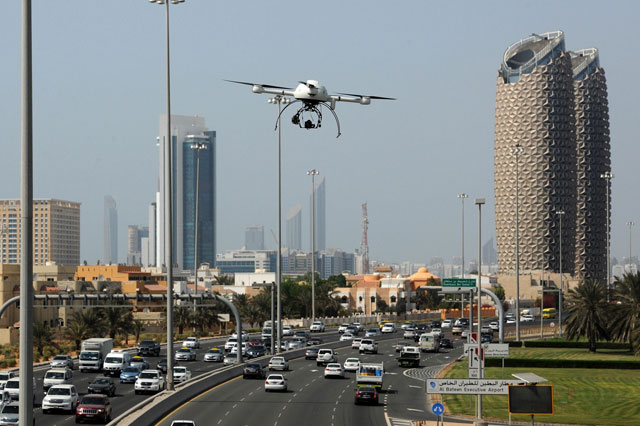Raul Marroquin, one of the pioneers of European video art, will be at The Chill Concept this
Friday Oct.16 and Sat. Oct 17th, from 5:30 pm to 10 pm, with a unique internet art piece that
explores metropolitan traffic web-presence and social media interactivity, called “Traffic &
Meteo”. These presentations are part of Miami New Media Festival 2015.
Marroquin takes advantage of web technology since it enables users to collaborate from
remote locations and insert their perspectives into the art encounter. In his piece, he integrates
daily public live cam coverage and simultaneous field cast reporters via Periscope, who will
cover Miami traffic. These web cams will map a social media syndicated multi newsroom that
will host daily live commentary and analysis.
This art encounter will explore live communications by way of Google browsers and apps like
Twitter, Facebook and Instagram; tracking the informational flow of ground, areal and maritime
traffic. Daily off-site launch of a drone will broadcast Wynwood areal status using a GoPro live
cam and Meerkat.

Marroquin (Bogotá, 1948) has lived in the Netherlands since 1971. He has worked with video since 1968. His work has been exhibited in ICA London, MOMA New York, Stedelijk Museum Amsterdam, Centre Pompidou Paris, Moderna Museet Stocholm, Museo Reina Sofia Madrid, etc. In the early 70s while been a student at the Jan van Eyck Academie in Maastricht he published Fandangos, one of the first artists magazines in the world that included many of the Fluxus and conceptual artist of that period. In 1980 he produced a The Link his first, live, satellite, interactive project connecting Manhattan Cable and Amsterdam cable television. Since 1991 he has produced the Hoeksteen Live! (radio and television). He lectures in universities and art academies in several European countries, North and South America and contributes with articles and essays in several special interest magazines both hard copy and on-line. His single channel works, objects, composites and installations are part of many private and public collections in Europe, the Americas, Australia and the Far East.


